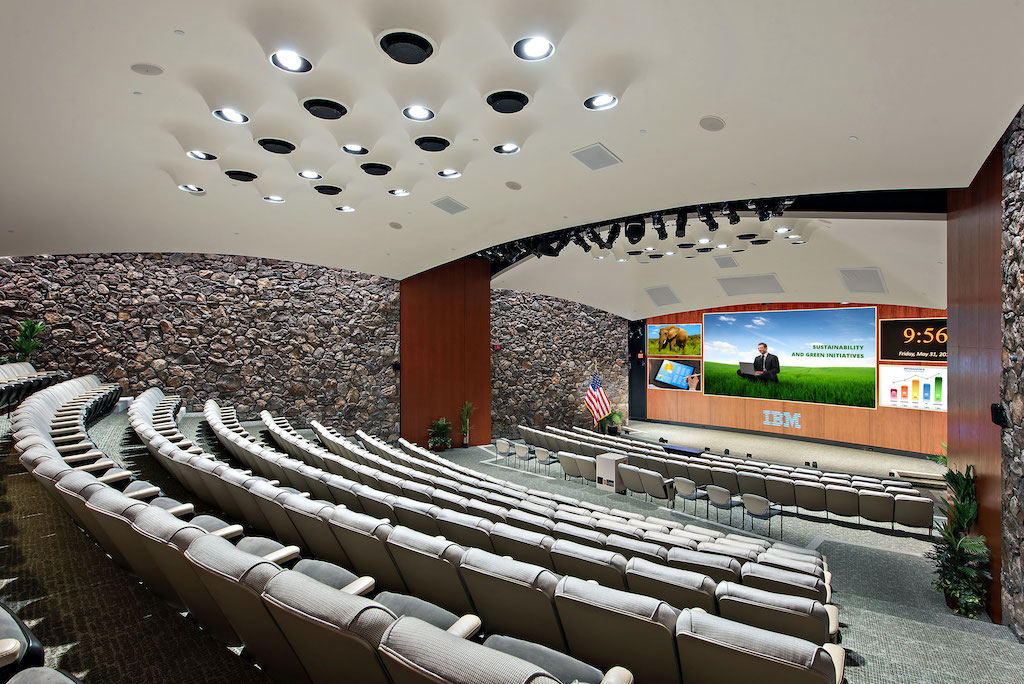Investigating the Durability of LED Display Panels in Contrast to Conventional Display Methods
Investigating the Durability of LED Display Panels in Contrast to Conventional Display Methods
Blog Article
LED wall screens have grown increasingly favored in recent years, particularly in environments like educational institutions, corporate spaces, and public areas. These screens use LED diodes (LEDs) to produce bright and vibrant visuals. One of the most significant advantages of LED technology is its durability in contrast to conventional display technologies, such as CRT tube tubes (CRTs) and liquid crystal displays. Grasping the distinctions in duration and performance between these options can help consumers make informed choices about their display requirements.
Traditional display methods, like CRTs, have been around for many decades. They were frequently used in TVs and PC screens. However, CRTs have a shorter duration, typically lasting approximately 10,000 to 20,000 hrs of use. This means that after a couple of years, consumers may notice a deterioration in image quality, such as dimming or hue deformation. In comparison, LED wall screens can last significantly longer, frequently exceeding 50,000 hrs. This prolonged lifespan means that consumers can experience consistent performance without the need for frequent replacements.
Another crucial aspect to consider is power efficiency. LED panel panels utilize less energy than traditional displays, which not only helps the ecosystem but also reduces power expenses. For example, while Extra resources a CRT screen may consume approximately 100 watts of energy, an LED screen can consume as few as 30 to 50 W. This difference in energy usage adds to the overall durability of LED innovation, as lower energy usage generates less thermal energy. Excess heat can damage electronic parts, leading to a reduced duration for traditional displays.
In furthermore to their extended duration and energy conservation, LED wall screens also offer superior visual clarity. They offer brighter hues and improved contrast, making them ideal for various applications, from marketing to educational presentations. The innovation behind LED screens allows for a broader sight angle, meaning that images stay clear and lively even when viewed from the flank. This is a major benefit over conventional displays, which often suffer from hue distortion and reduced brightness at wider perspectives.
In summary, the durability of LED panel screens compared to traditional screen methods is a crucial aspect for consumers to consider. With durations that can surpass 50,000 hours, power efficiency, and enhanced visual clarity, LED innovation offers many benefits. As technology continues to progress, LED panel panels are probably to turn even more common in various environments. Understanding these distinctions can assist individuals and organizations make improved choices when investing in screen innovation, guaranteeing they get the optimal worth for their needs.